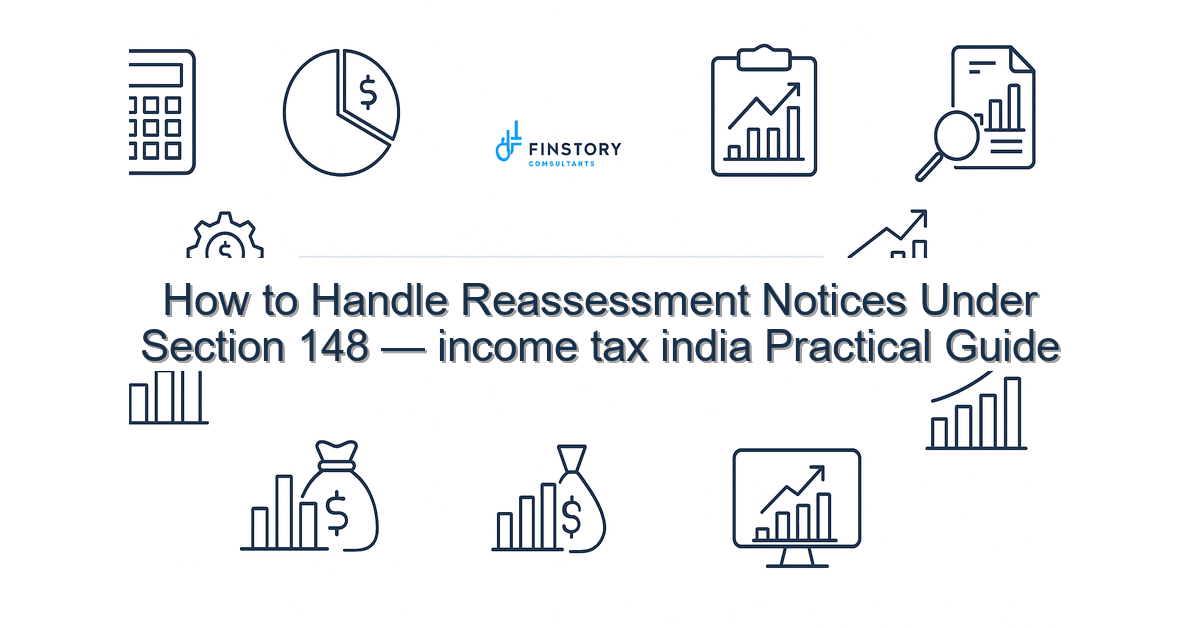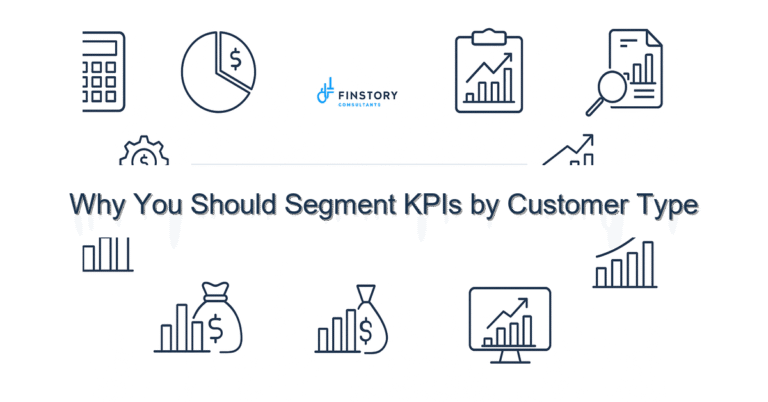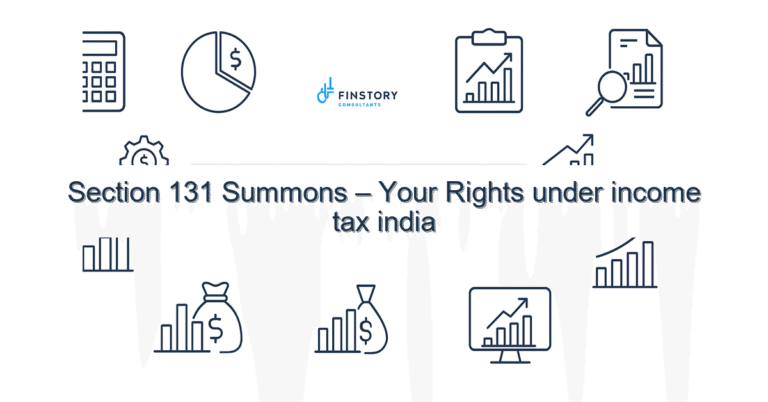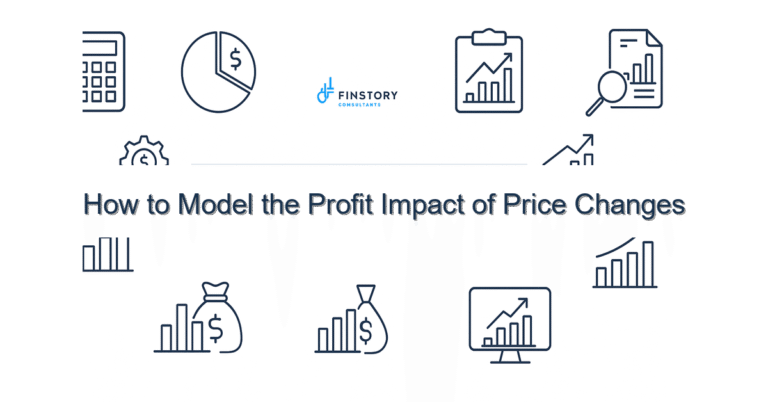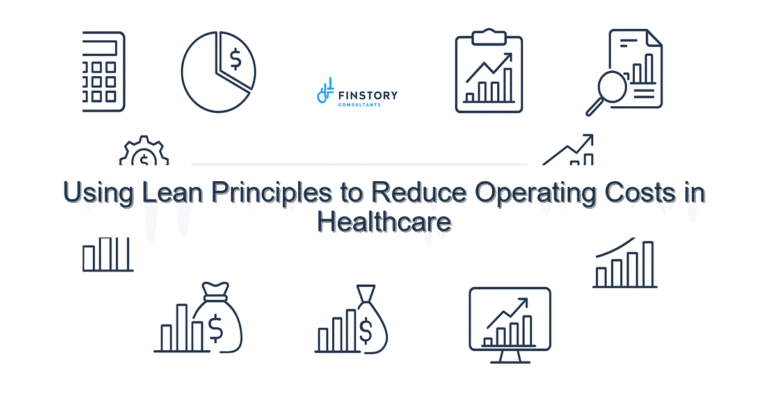How to Handle Reassessment Notices Under Section 148 — income tax india Practical Guide
Getting a notice under Section 148 can feel like a sudden shock—especially when you’re juggling payroll, fundraising, or month-end closes. You’re not alone: many salaried taxpayers, professionals, founders and CFOs in India face this with limited time and conflicting priorities.
Summary: Treat a Section 148 notice as a process, not a panic. Quickly verify the notice, reconcile AIS/26AS and TDS/TCS records, gather documentation (bank, invoices, capital gains indexation calc), engage tax counsel if needed, and either file a return or respond with a reasoned objection within the statutory timelines.
What’s the real problem in India? (income tax india context)
Reassessments under Section 147/148 are a procedural route the AO uses when they believe income has escaped assessment. In practice the challenge is often operational rather than legal: missing records, mismatched TDS/TCS entries on AIS/26AS, or delayed reconciliations during the AY/PY cycle lead to notices. CBDT timelines, electronic notices (e-proceedings), and the need to file an updated return or a statement under Section 148 increase pressure on taxpayers and finance teams.
- Symptom: A sudden electronic notice (Form under Section 148) with limited time to respond.
- Symptom: AO cites undisclosed income that appears in AIS/26AS or third-party reports.
- Symptom: Founders/CFOs unaware of inter-company or ESOP exercises triggering capital gains indexation issues.
- Symptom: Mismatch between ITR filed and TDS/TCS credits visible on the portal.
What people get wrong
- Reacting emotionally—ignoring timelines. A missed deadline complicates relief later.
- Assuming the AO’s figures are correct without reconciling AIS/26AS and bank statements.
- Underestimating the relevance of prior year (PY/AY) events like earlier stock transfers or loans.
- Forgetting tax-efficient reliefs—Section 80C limit, exemptions or the choice between new vs old regime slabs when computing liability.
- Not documenting capital gains computations (indexation) or the cost basis for startup founders and investors.
A better approach
Follow a structured response framework to convert uncertainty into control.
- Step 1 — Pause & verify: Confirm notice authenticity and timeline. Check AIS/26AS, PAN particulars and notice details immediately.
- Step 2 — Reconcile quickly: Match AO’s alleged additions against TDS/TCS entries, bank statements, invoices, and share transaction records. Use the ITR filing last date history and prior returns for context. [link:ITR guide]
- Step 3 — Document & compute: Prepare working papers—recompute income, capital gains indexation, exemptions, and claim Section 80C limit where applicable. Check alternative tax impacts under new vs old regime slabs for the reassessed year.
- Step 4 — Respond strategically: File a return under Section 148 within the allowed window or submit a reasoned reply/objection and supporting documents (Form 142(1) style response). If time has lapsed, prepare an application for condonation of delay with strong facts.
- Step 5 — Escalate smartly: If the AO’s claim is large or novel, involve experienced counsel and prepare for potential appeals—CIT(A) and beyond—while keeping cash flows in mind (TDS, provisional payments).
Short story: For one mid-sized startup we audited the AIS/26AS reconciliations and found duplicated TDS credit entries. A clear reconciliation reduced the proposed reassessment by over 50% within 10 days—avoiding a large immediate cash outflow.
Quick implementation checklist
- Confirm authenticity of notice and note the response deadline.
- Download AIS/26AS and Form 26QB/26QC (TCS) records immediately.
- Reconcile TDS/TCS with bank statements, payroll, and vendor ledgers.
- Collect supporting documents: invoices, share transfer docs, ESOP exercise records, and broker statements.
- Compute reassessed tax under both new vs old regime slabs to see the best outcome.
- Prepare capital gains indexation calculations where relevant; check cost basis evidence.
- Decide: file return under Section 148 or submit written objection—prepare Form 142(1)-style narrative.
- If missed deadline, prepare condonation application with timeline and reasons.
- Escalate to external counsel for complex legal points or precedent-based defenses.
- Log decisions and retain copies for future assessments and audits.
What success looks like
- Notice closed with no addition (full reconciliation accepted).
- Reduction in proposed demand by a measurable percentage (e.g., >30%).
- Timely response filed—no unnecessary interest/penalty accrual.
- Documented process that prevents similar issues next year (better AIS/26AS reconciliation cadence).
- Clear cash flow planning to fund any confirmed liability without disrupting operations.
Risks & how to manage them
Key risks include missed deadlines, weak documentation, and adversarial hearings. Manage these by instituting an early-alert system for notices, maintaining reconciled AIS/26AS monthly, and keeping an audit trail of significant transactions (ESOPs, fund raises, large capital gains). When in doubt, get written legal advice to avoid piecemeal responses that hurt you in appeals.
Tools & data
- Portal exports: Income Tax e-filing portal, AIS/26AS downloads and Form 26AS reconciliation tools.
- Accounting systems: ERP, payroll and TDS ledgers to reconcile payments and TDS/TCS.
- Capital gains calculator with indexation support (hold logs for each lot).
- Document management: centralized repository for invoices, bank statements and share docs.
- Internal playbooks linking ITR filing last date, Section 80C limit reminders, and new vs old regime slabs decisions.
Next steps
If you receive a Section 148 notice: stop, verify & prioritize. Pull AIS/26AS, reconcile TDS/TCS, assemble documents, and decide whether to file a return or respond with a reasoned objection. If this is beyond your bandwidth, escalate early.
Conclusion: Reassessments are stressful but manageable with a clear checklist, fast reconciliations and the right advisors. Whether you’re a salaried employee worried about TDS mismatches, a founder with capital gains indexation questions, or a CFO coordinating a response across teams, a structured approach keeps you in control of the outcome—this is how to navigate income tax india reassessment notices.
Work with Finstory. If you want this done right—tailored to your operations—we’ll map the process, stand up the dashboards, and train your team. Let’s talk about your goals.
📞 Need help with Income Tax in India?
Book a 20-min consultation with our tax team. Individuals, founders & MSMEs welcome.
Prefer email or phone? Write to info@finstory.net
or call +91 44-45811170.
